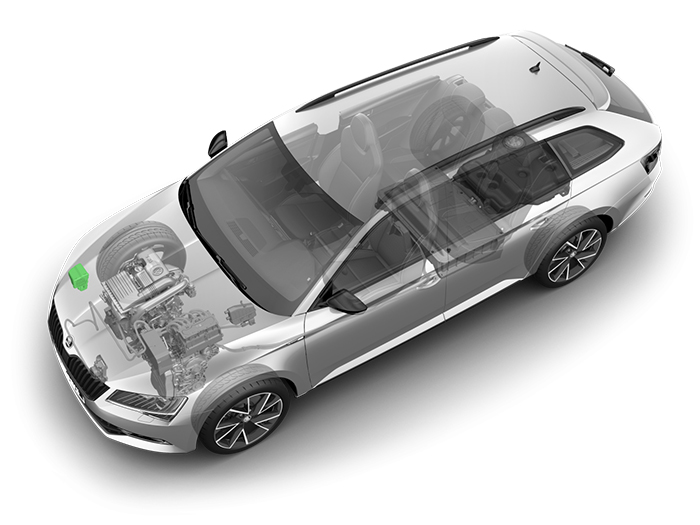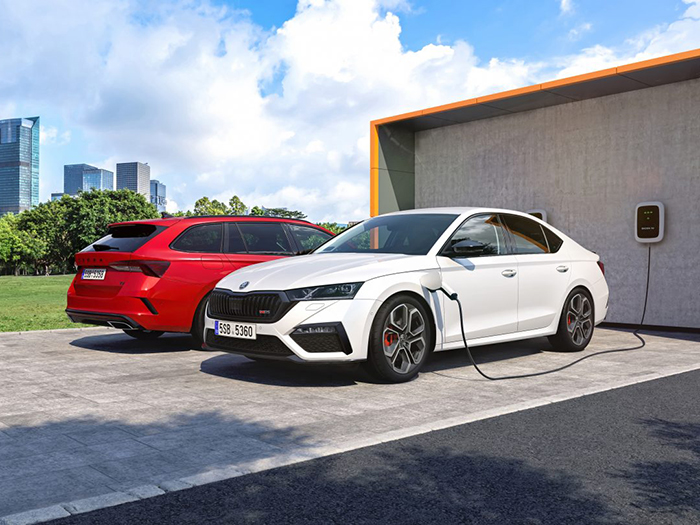Quiet and safe: how electric cars protect pedestrians
Quietness is one of the advantages of electric cars, but at low speeds pedestrians must be able to clearly recognise them. ŠKODA has developed the E-noise sound system, its own audio signature.
Electric cars are very quiet when moving at low speeds. This is a benefit – as it helps reduce noise pollution, which can often be a nuisance, particularly in urban areas – but on the other hand it can pose a risk to pedestrians who might not hear an electric vehicle approaching.
That’s why electric models emit a warning sound that makes them audible at low speeds. ŠKODA has developed a sound system, known as E-noise, that produces a sound similar to a combustion engine, with low frequencies becoming higher as the car speeds up.
An intelligent sound
The sound level is connected to the speed and abates as the car reduces speed, so pedestrians can estimate whether the car is speeding up or slowing down. Experts from the development centre in Mladá Boleslav were responsible for devising the system: “It wasn’t an easy task – there’s not much room beneath the bonnet and the legislation is strict,” explains Pavel Orendáš, the head engineer responsible for the project.
The first job was to devise a way of installing an audio device, which is basically a smallish full-range speaker in a waterproof case, in the vehicle’s engine bay.
Protecting pedestrians

“The legislation requires the sound to be projected forwards towards pedestrians, so there aren’t many positioning options,” Orendáš explains. Pedestrians perceive only a fraction of the traffic situation visually and use their hearing to sense what is around them – that’s why the sound is aimed specifically at them.
In the end the experts found space by the front wheel for the new speaker case, which has an internal volume of just over 1 litre. The European legislation places a number of demands on the system, known as AVAS (Acoustic Vehicle Alarm System), and determines its minimum volume. At the same time ŠKODA were aiming to make the cars as quiet as possible. Therefore, experts from the vehicle acoustics team worked on finding the right balance.
Artificial and natural noise

Under EU rules, fully electric cars have to emit a warning sound at speeds up to 20 km/h. Above those speeds artificial sounds are no longer necessary as the car makes noise in the form of tyre contact with the road and aerodynamic noise. ŠKODA’s solution for its electric cars is that E-noise gets louder up to a speed of 25 km/h and then gradually abates until the car reaches 30 km/h, when it is replaced by noise generated by the vehicle in motion.
The car also has to emit warning sounds when reversing at speeds of up to 6 km/h. Here, too, the warning noise from ŠKODA models imitates a combustion engine, but with different tones notifying pedestrians that the car is going backwards.
The audio "signature"
Creating a recognisable warning sound audio signature is something of an opportunity for carmakers, as well as an engineering challenge.
Although the legislation prescribes which frequency bands the sound should use and at what volume (at least 56 decibels), designers can be a bit creative and adapt the sound to each car’s character.
Source: ŠKODA
